Story of sign-language educated pair 'remarkable'
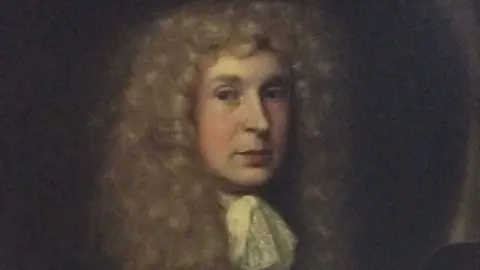 British Deaf History Society
British Deaf History SocietyThe story of the first two people known to have been educated by sign language is "remarkable" and should be better known, according to the author of a book on the pair.
While this would not be unusual today, John and Framlingham Gaudy, from West Harling, near Thetford, Norfolk, were born in the mid-17th Century.
The brothers went on to be trained as artists at Bury St Edmunds, Suffolk, and at the London studio of the royal court's favourite portrait painter, Sir Peter Lely.
Peter Jackson, curator of The Deaf Museum and Archive in Manchester and author of a book on the brothers, admitted it "really annoys" him that their achievements were so little known.
"The book I've written on them is the only one that I know about," he said.
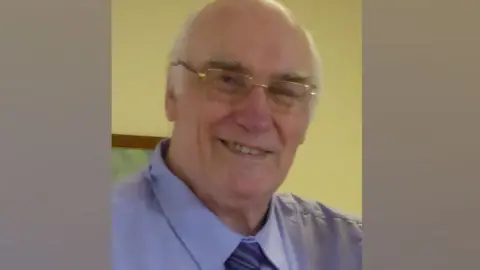 Peter Jackson
Peter JacksonJohn (1639-1709) and Framlingham ((1641-1673) were born into a wealthy land-owning family, which included MPs and lawyers.
They realised the siblings, who were deaf and unable to speak, could not follow their older brothers to grammar school in Bury St Edmunds.
Instead, they turned to the well-read West Harling parish priest and teacher, John Cressener.
"A letter says he found 'a most remarkable book' which had a finger-spelling sign system," said Mr Jackson, from the British Deaf History Society.
"He educated the boys alongside his own hearing sons and daughters, all educated together in his home."
While there is evidence of deaf people being taught through lip-reading at this time, this was the earliest evidence he had found of people being educated using an early version of British Sign Language, he explained.
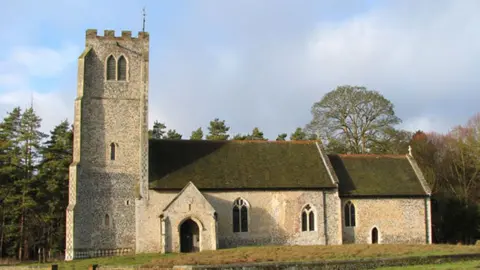 Evelyn Simak/Geograph
Evelyn Simak/GeographIt proved successful and the brothers began their art training with a distant cousin Matthew Snelling, part of the artists' colony in Bury St Edmunds.
Mr Jackson said: "When they went on to Sir Peter Lely's studio in London, they were actually trained by George Freeman, who also had deaf daughters and knew how to sign."
John was considered the more talented of the pair, but as he did not sign his work, there is only one painting known to have been by him.
This is a self-portrait, which the British Deaf History Society was able to acquire in 2016, thanks to a grant from the Art Fund.
It shows him as a 17th-Century gentleman, wearing an elaborate wig, with lace at his neck.
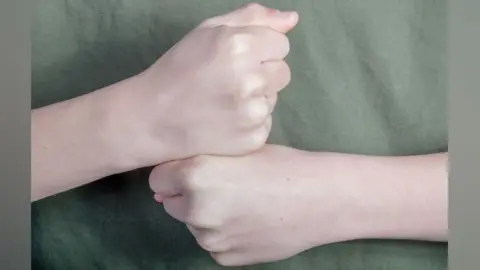 Getty Images
Getty Images"Framlingham was more academic; he preferred to write his own letters, whereas John found it a chore," said Mr Jackson.
"He was known for wearing a thick black coat with deep pockets in which he'd carry a piece of slate and chalk, so when he met people he could communicate by writing - lots of deaf people still use that method, but with paper and pen."
He died in 1672 having written his own will, which was signed by a barrister.
Mr Jackson said: "It's the first will handwritten by a deaf person that I know of in the world - there are other wills for deaf people, but they all say 'written on behalf of' the person."
It was the discovery of the will that sparked the curator's research because it was "proof that deaf people could indeed read and write before deaf education started in 1760".
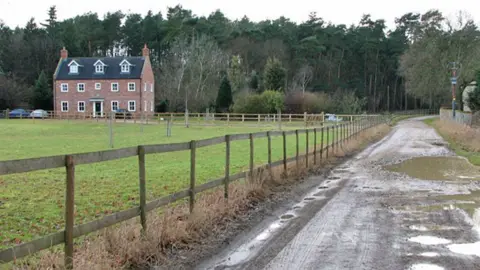 Evelyn Simak/Geograph
Evelyn Simak/GeographJohn gave up painting, except for pleasure, after he became his father's heir, inheriting the estate in 1669 and becoming Sir John Gaudy.
Mr Jackson said: "John Cressener's son Henry, who had been educated alongside Sir John using sign language, became his interpreter. With his support, he took two of his tenants to court and won when they refused to pay their rent."
His son Bassingbourne inherited the estate, but it was sold after he died without an heir.
Mr Jackson spent years digging out the details from family papers held in the British Library and Norfolk Record Office, which he published in a book called The Gaudy Manuscripts.
So, why does he feel the story is so little known?
"It's partly because John Cressener was a nobody; just a priest in a remote church in the middle of nowhere," he said.
"I thought the story was remarkable and I think it's a shame it's not better known."
 Andrew Williams/Norfolk County Council
Andrew Williams/Norfolk County CouncilFollow Norfolk news on BBC Sounds, Facebook, Instagram and X.
